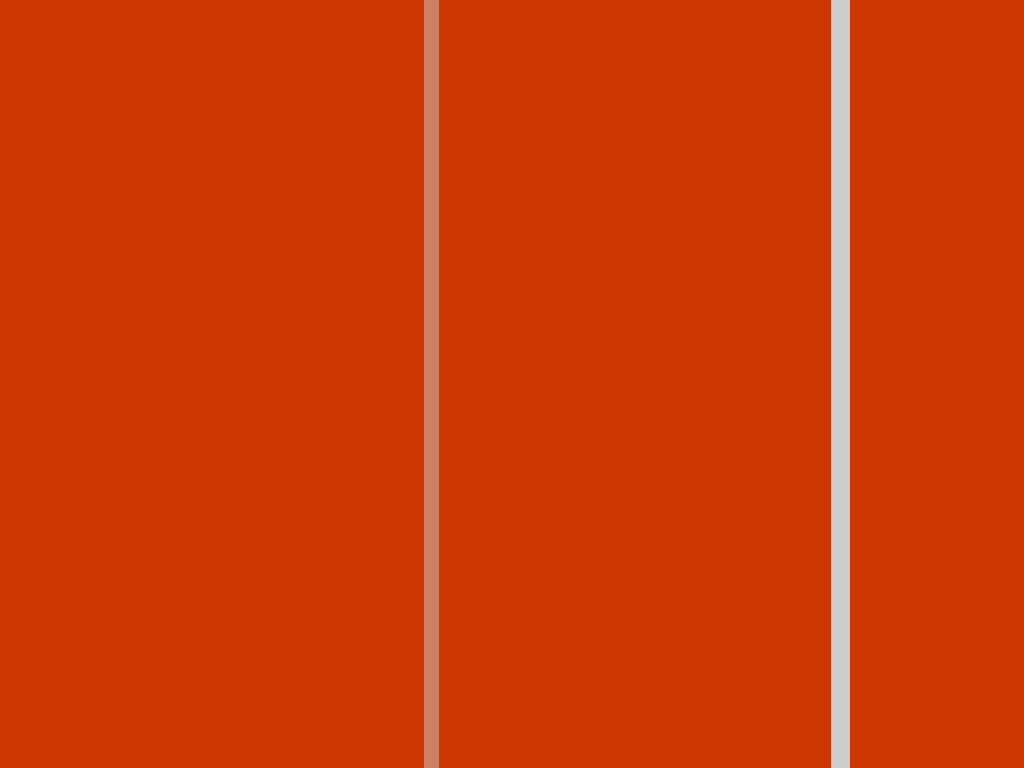Readme
Zip Line Color Field Generator
A Cog model that generates abstract expressionist paintings featuring prominent vertical “zip” lines over large color fields. This model specializes in creating hard-edge compositions where bold vertical bands divide and define color spaces, exploring the dynamic tension between division and unity.
Features
- Prominent Zip Lines: Creates bold vertical bands that serve as both divisions and connections between color areas
- Color Field Foundation: Large, flat color areas provide the foundation for zip line compositions
- Multiple Zip Configurations: Generate 0-5 vertical zips with customizable widths and placement
- Asymmetric Zip Placement: Option for tension-creating asymmetric zip positioning
- Hard vs Soft Zip Edges: Choose between crisp hard edges or subtle soft transitions
- Reproducible Results: Seed control for consistent generation
Model Inputs
width(int, default: 1024): Width of the generated imageheight(int, default: 768): Height of the generated imageprimary_color(str, default: “random”): Background color (hex code or “random”)zip_color(str, default: “random”): Color for vertical zip lines (hex code or “random”)num_zips(int, 0-5, default: 2): Number of vertical zip lineszip_width_range(str, default: “5-20”): Range for zip widths in pixels (format: “min-max”)color_intensity(float, 0.1-1.0, default: 0.8): Color saturation intensityasymmetric(bool, default: true): Whether to place zips asymmetricallyedge_softness(int, 0-5, default: 0): Edge softness (0 = hard edges)color_palette(str, default: “classic”): Color themeseed(int, optional): Random seed for reproducible results
Color Palettes
- classic: Traditional abstract expressionist colors (deep reds, blues, whites)
- warm: Warm color schemes (reds, oranges, yellows)
- cool: Cool color schemes (blues, greens, purples)
- monochrome: Grayscale variations
- complementary: High contrast complementary colors
- random: Completely random color generation
About Zip Lines in Abstract Expressionism
The “zip” is a vertical band of color that cuts through a color field, creating spatial relationships and emotional tension. These bold vertical elements serve multiple purposes: they can divide the canvas into distinct areas, create a sense of scale and proportion, or act as pathways for the eye to travel across the composition. The zip technique became particularly prominent in mid-20th century abstract expressionism, where artists used these vertical interventions to explore themes of transcendence, division, and unity through pure color and geometric form.
Usage
# Basic usage
predictor.predict(
width=1024,
height=768,
primary_color="#8B0000", # Dark red
zip_color="#FFFFFF", # White
num_zips=1,
asymmetric=True,
color_palette="classic"
)
# Random generation
predictor.predict(
primary_color="random",
zip_color="random",
num_zips=2,
color_palette="random",
seed=42 # For reproducible results
)
Technical Details
The model uses procedural generation techniques to create images that emphasize the power of zip lines in color field composition:
- Color Field Foundation: Large flat areas of color provide the base canvas
- Zip Line Generation: Vertical bands are strategically positioned to create visual impact
- Color Relationships: Palettes designed to maximize the contrast and harmony between field and zip
- Edge Definition: Sharp zip edges maintain the bold, geometric precision that defines the style
Example Outputs
The model generates images that showcase the dramatic impact of zip lines cutting through color fields, suitable for: - Digital art collections - Abstract backgrounds - Color study references - Meditation and mindfulness applications - Educational purposes studying abstract expressionism
License
BSD-2 Clause License



